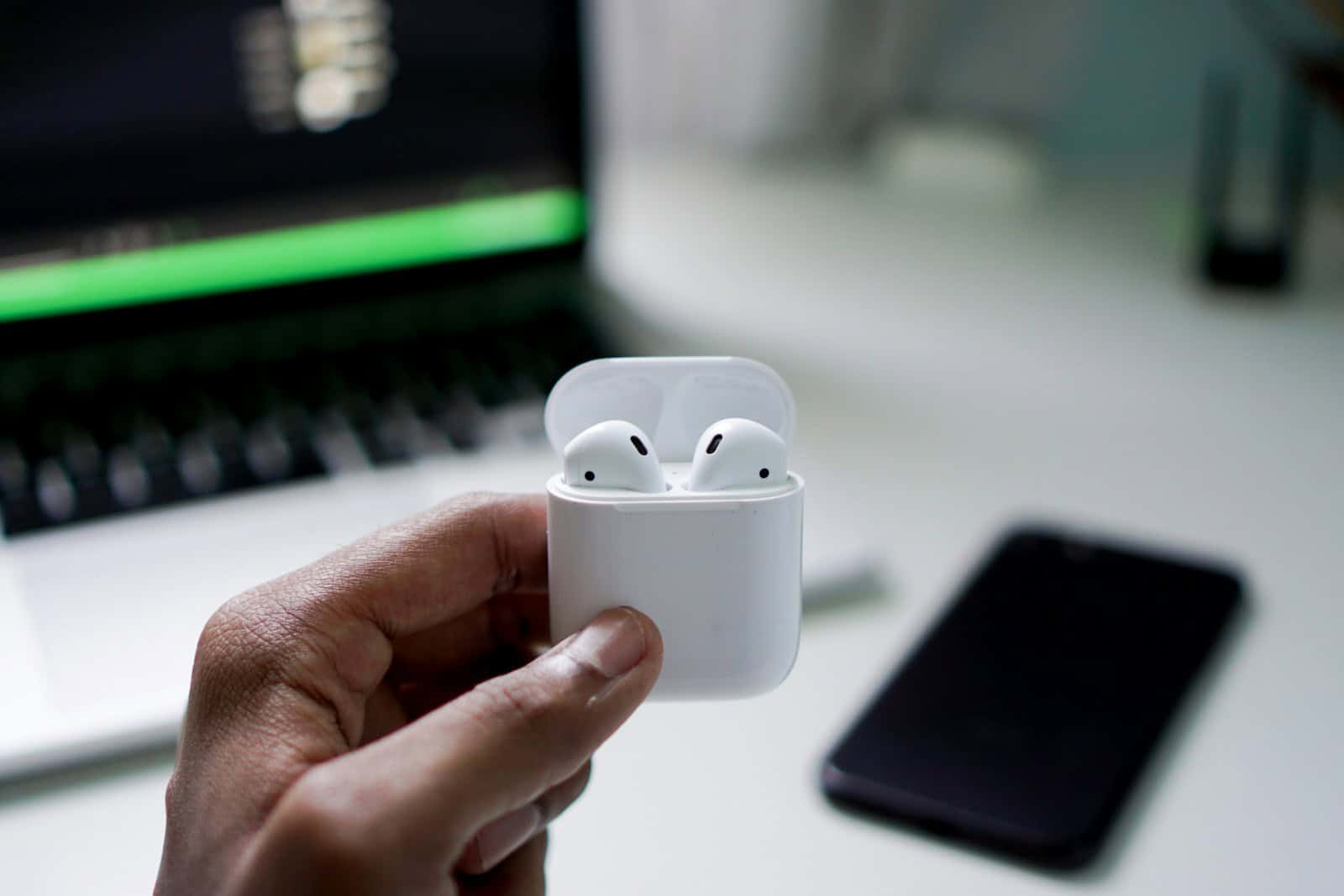Choosing between AirPods Pro 2 and AirPods 3 depends largely on your priorities and budget. Both offer excellent audio quality and seamless integration with Apple devices, but there are key differences to consider.
AirPods Pro 2 vs AirPods 3: Key Differences
| Feature | AirPods Pro 2 | AirPods 3 |
|---|---|---|
| Price | $249 | $179 |
| Design | In-ear with silicone tips | Open-ear design |
| Noise Cancellation | Active Noise Cancellation (ANC) | No ANC |
| Audio Quality | Personalized Spatial Audio with dynamic head tracking | Spatial Audio with dynamic head tracking |
| Transparency Mode | Adaptive Transparency | No Transparency Mode |
| Controls | Touch controls on stem | Force sensor controls on stem |
| Water Resistance | IPX4 (sweat and water resistant) | IPX4 (sweat and water resistant) |
| Charging Case | MagSafe, wireless, and Lightning charging | MagSafe, wireless, and Lightning charging |
| Additional Features | Conversation Boost, Find My with Precision Finding |
Noise Cancellation: A Key Differentiator
The most significant difference is Active Noise Cancellation (ANC). AirPods Pro 2 excel at blocking out external noise, making them ideal for travel, commuting, or focusing in noisy environments. AirPods 3 lack ANC, offering a more open and natural listening experience that allows you to remain aware of your surroundings.
Audio Quality: Both Excellent, But Different
Both models deliver impressive audio quality with Spatial Audio and dynamic head tracking, creating an immersive listening experience. However, AirPods Pro 2 generally offer richer bass and a more refined sound due to their in-ear design and customized fit.
Transparency Mode: Hear Your Surroundings
AirPods Pro 2 feature Adaptive Transparency, which allows you to hear your surroundings while minimizing harsh noises like sirens or construction. This is a significant advantage over AirPods 3, which don’t offer a transparency mode.
Design and Fit: In-Ear vs Open-Ear
AirPods Pro 2 have an in-ear design with silicone tips, providing a secure and customizable fit that effectively seals the ear canal for better noise isolation. AirPods 3 have an open-ear design, which some users find more comfortable for extended wear.
Controls: Touch vs Force Sensor
AirPods Pro 2 offer intuitive touch controls on the stem for adjusting volume, playback, and noise cancellation modes. AirPods 3 use a force sensor on the stem, which requires a firmer press.
Additional Features: Pro 2 Offers More
AirPods Pro 2 include additional features like Conversation Boost, which amplifies voices during conversations, and Find My with Precision Finding, which helps you locate a misplaced earbud.
Which Should You Choose?
- Choose AirPods Pro 2 if:
- Noise cancellation is a priority.
- You want the best possible audio quality.
- You need features like Adaptive Transparency and Conversation Boost.
- You prefer an in-ear fit.
- Choose AirPods 3 if:
- You prefer an open-ear design.
- You don’t need noise cancellation.
- You want a more affordable option.
Ultimately, the best choice depends on your individual needs and preferences. Consider how you plan to use your AirPods and which features are most important to you.
A Comparison of Apple’s AirPods
Wireless Earbud Options
Apple offers two popular wireless earbud models: the AirPods 3 and AirPods Pro 2. These earbuds provide different features and price points for users.
The AirPods 3 cost $169-$179, while the AirPods Pro 2 are priced at $249. Both models offer wireless charging cases and integration with Apple devices.
Key differences include:
- Design: AirPods 3 have an open design, AirPods Pro 2 use silicone ear tips
- Noise cancellation: Only available on AirPods Pro 2
- Water resistance: IPX4 rating on both models
- Battery life: 6 hours for AirPods 3, 5.5 hours for AirPods Pro 2 with spatial audio
AirPods Pro 2 include additional features like Adaptive EQ, Transparency mode, and more advanced spatial audio capabilities.
Alternative Choices
Users seeking wireless earbuds have options beyond Apple’s offerings. Some alternatives include:
Samsung Galaxy Buds 2 Pro
- Good noise cancellation
- Comfortable fit
- Lacks some Apple-specific features
Beats Fit Pro
- Secure ear hooks for workouts
- Apple H1 chip for easy pairing
- Active noise cancellation
Jabra Elite Active 75t
- Excellent sound quality
- IP57 water resistance rating
- Customizable EQ
These alternatives may suit users with different priorities or who use non-Apple devices.
Frequently Asked Questions
Battery Life Comparison
The AirPods Pro 2 offer about 5 hours and 43 minutes of playback time. The AirPods 3 last slightly longer, providing around 6 hours and 21 minutes of use. Both models come with charging cases that extend total listening time to approximately 24 hours.
Sound Quality Differences
AirPods Pro 2 deliver richer audio with deeper bass. They feature active noise cancellation and adaptive EQ. AirPods 3 provide good sound quality with spatial audio support. However, they lack the advanced audio processing of the Pro model.
Size and Fit Variations
AirPods Pro 2 use an in-ear design with silicone tips in four sizes. This allows for a customizable, secure fit. AirPods 3 have a semi-in-ear design without replaceable tips. They may not fit as snugly for all users.
Unique Features of AirPods Pro 2
AirPods Pro 2 include:
- Active noise cancellation
- Transparency mode
- Adaptive EQ
- Personalized spatial audio
- Touch controls on the stems
- “Find My” precision finding
AirPods 3 lack these advanced features.
Noise Cancellation Capabilities
AirPods Pro 2 offer active noise cancellation, effectively reducing ambient sounds. AirPods 3 do not have noise cancellation. They rely on passive noise isolation from their physical design.
Price Comparison and Justification
AirPods Pro 2 cost about $249, while AirPods 3 are priced at $179. The $70 difference is due to:
- Active noise cancellation technology
- Advanced audio processing features
- Customizable fit with multiple ear tip sizes
- Touch controls and additional sensors
Users must weigh these features against their needs and budget.






